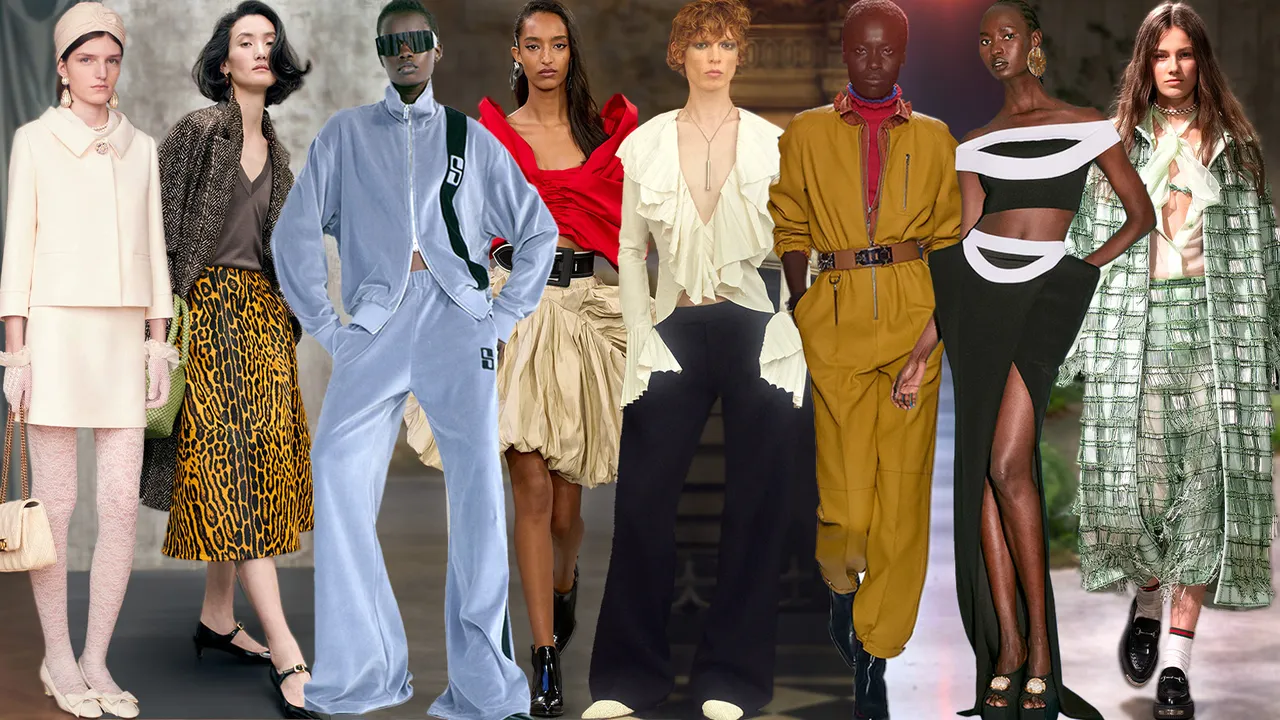Fashion is far more than fabric, thread, or trends—it is a powerful form of cultural expression and social commentary. Throughout history, what people wear has not only mirrored the values, beliefs, and aesthetics of their societies but has also helped shape them. From traditional attire to streetwear, from runways to revolutions, fashion acts as a visual language that speaks volumes about where we come from and who we are.
In this in-depth article, we’ll explore how fashion reflects culture and society, examine historical and modern examples, and discuss how our clothing choices continue to evolve with global and generational shifts.
The Relationship Between Fashion, Culture, and Society
At its core, fashion is a reflection of the times. Every era, movement, and milestone in history leaves its mark on the way people dress. Whether it’s the elegance of 1920s flapper dresses or the rebellious tone of 1990s grunge, fashion encapsulates the attitudes, struggles, and achievements of societies.
Culture and Fashion: A Two-Way Dialogue
- Culture influences fashion by shaping materials, techniques, colors, and silhouettes used in garments.
- In turn, fashion influences culture by introducing new norms, challenging social structures, or blending traditions through globalization.
This dynamic exchange means that fashion is both a mirror and a maker of culture.
Historical Examples: Fashion as Cultural Expression
Ancient Civilizations
In ancient Egypt, clothing signified social status and religious beliefs. Fine linen, gold jewelry, and elaborate headdresses were not just aesthetic—they were spiritual and political symbols.
Similarly, traditional Chinese Hanfu and Indian saris represent centuries of heritage, craftsmanship, and regional identity, preserved through fabrics and colors that carry symbolic meanings.
The Roaring Twenties
The 1920s marked a dramatic shift in women’s roles in Western societies. The rise of the “flapper” style—with short skirts, bobbed hair, and bold makeup—represented women’s liberation and rebellion against restrictive gender norms. Fashion became a tool for expressing newfound independence.
Post-War Fashion
In the aftermath of World War II, fashion reflected the changing structure of society. Dior’s “New Look” in 1947, with its luxurious fabrics and hourglass silhouettes, symbolized a return to femininity and optimism after years of wartime austerity.
Modern Fashion Trends That Reflect Society
Gender and Identity Expression
In today’s world, fashion plays a huge role in gender expression and breaking binaries. More designers are embracing gender-fluid and unisex clothing, moving away from rigid definitions of “male” and “female” style. Brands like Telfar, Collina Strada, and Harris Reed are known for pushing boundaries that reflect a more inclusive society.
Social and Political Movements
Fashion has become a canvas for activism. Whether it’s Black Lives Matter T-shirts, climate-conscious collections, or feminist slogans on couture, clothes now carry powerful messages. What you wear can signal your values, beliefs, and causes you support.
Globalization and Cultural Blending
Modern fashion incorporates influences from across the globe. It’s common to see African prints on Western silhouettes or Japanese kimono styles reimagined in streetwear. This fusion of cultures reflects our increasingly connected and diverse world.
However, it also raises important questions about cultural appreciation vs. appropriation, reminding us that understanding and respect must accompany inspiration.
Fashion as a Social Marker
Fashion not only expresses culture but also reflects social structures, including class, profession, and status.
Class and Status
From designer logos to luxury streetwear, clothing can signify wealth and prestige. Historically, only the elite could afford intricate embroidery, rare dyes, or custom tailoring. Today, high fashion remains a status symbol, although influencer culture and fast fashion have blurred these lines.
Subcultures and Identity
Fashion helps define group identity—from punk to goth, hip-hop to hippie. Each subculture adopts unique aesthetics that differentiate them from mainstream society, creating a sense of belonging and rebellion.
For example:
- The punk movement in the 1970s, with ripped clothing and safety pins, challenged conformity and consumerism.
- Hip-hop fashion in the ’80s and ’90s combined luxury with streetwear, reflecting urban culture and socio-political realities.
How Technology and Social Media Are Changing the Game
Digital platforms have revolutionized the way fashion reflects society. Now more than ever, trends are born online and spread globally in seconds.
TikTok & Instagram Trends
Influencers and creators often dictate the next big trend, giving rise to micro-aesthetics like:
- Cottagecore: Romanticizing rural life
- Y2K fashion: Nostalgia for the early 2000s
- Dark Academia: Intellectual, moody styling inspired by classic literature and prep schools
Each of these trends reflects current social desires, moods, and fantasies.
Virtual Fashion
From AR filters to virtual fashion shows and NFT clothing, technology is creating new cultural spaces where fashion evolves beyond physical limitations. Digital clothing speaks to a society increasingly immersed in virtual worlds.
Sustainability: The New Cultural Consciousness
Today’s culture is deeply concerned with climate change, ethical labor, and overconsumption. As a result, sustainable fashion has become a core reflection of our evolving values.
Consumers are now demanding:
- Eco-friendly materials
- Slow fashion over fast fashion
- Transparency in sourcing and production
Brands that reflect these values are shaping a more ethical and environmentally conscious fashion culture.
Conclusion
Fashion is more than what we wear—it’s who we are, where we come from, and where we’re going. It serves as a powerful lens through which we can view the values, tensions, and transitions of any society.
From ancient robes to digital avatars, fashion has always evolved alongside culture. As long as humans seek to express, belong, resist, or celebrate, fashion will continue to reflect the ever-changing narrative of society.




